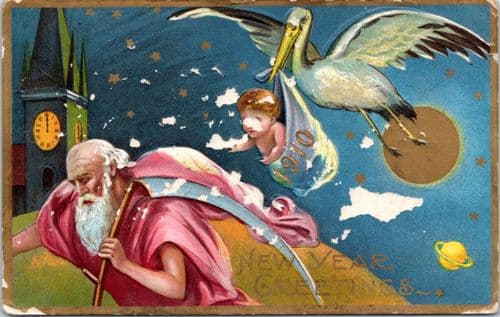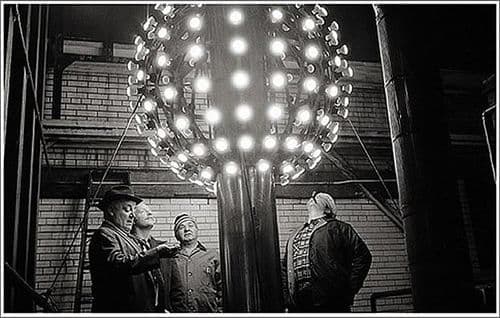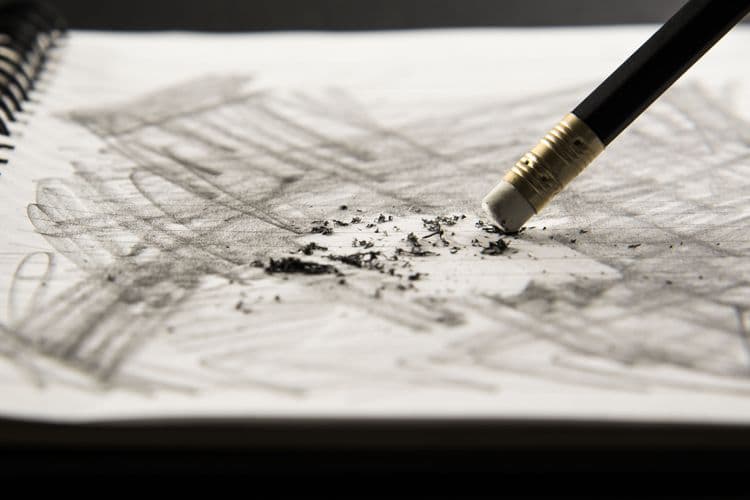Before the invention of the modern eraser, people relied on a much softer tool: white bread. In the 1700s, artists and writers would use pieces of crustless bread to blot away graphite marks.
Then in 1770, British scientist Joseph Priestley noted that a natural material called caoutchouc—what we now call rubber—could erase pencil marks more cleanly. Within months, rubber erasers were replacing bread across Europe. The familiar pink eraser attached to pencils didn’t appear until 1858, when Hymen Lipman patented a pencil with a built-in eraser.
From squishy loaves to pink rectangles, erasers have quietly cleaned up our messes for centuries.





